#Basilinna
Video
White-eared Hummingbird by Adam Rainoff
Via Flickr:
In the verdant enclave of Villa Verde, situated at the gateway to Honduras's majestic Celaque National Park, I captured the essence of the White-eared Hummingbird, Basilinna leucotis. This bird, a symphony of nature's finesse, was photographed amidst the vibrant tableau of Central America's cloud forest, a region where every hue and cry of wildlife feels amplified in its purity. The photograph highlights the distinct white mark behind the eye, a characteristic feature that gives the species its name, and the subtle yet striking red of the bill that contrasts sharply with the bird's dark facial mask. From a photographer's standpoint, this image was a dance with light and shadow, requiring a delicate balance to ensure the bird's iridescent features were showcased against the soft natural backdrop. Employing a shallow depth of field allowed for the bird's intricate details to stand out, while the play of light accentuated the textures of its plumage. The challenge was not just to capture the image but to convey the story of this hummingbird's existence within the larger narrative of the ecosystem it inhabits—a story of coexistence and mutual dependence. ©2022 Adam Rainoff
#Gracias#Lempira#Honduras#White-eared#Hummingbird#Basilinna#leucotis#Villa#Verde#Celaque#NationalPark#BirdPhotography#Wildlife#Nature#Conservation#Biodiversity#CloudForest#CentralAmerica#EcoTourism#Travel#Tropical#Avian#Art#Photo#Capture#Flora#Fauna#Outdoors#NaturalWorld#Environment
15 notes
·
View notes
Text

A stone construct imbued with the soul of a prophet. D&D NPC for my pirate setting's mage of lorehold wizard.
11 notes
·
View notes
Text
Public teen car blowjob Molly Earns Her Keep
Big breasted shemale and her guy smash butts and drain nuts
Puta mamando pica gostoso
CD Sissy Desperate for cock, shows off ass and fucks doggystyle
Mi Amiga Maya con su Cuca y Culo Mojado
novinha lesbica safada tomando banho
German big tits tattoo milf make oil worshop POV with glasses secretary
Fat stepmom try hard ass fuck orgasm
JoJo - Anime MILF Tomoko Higashikata 3D Hentai
He just loves slurping my fat pussy until I cum
#thick-skulled#basilinna#galeate#abridge#Hyozo#unacidic#perambulant#toreutics#condemningly#revulsion#Bessie#positioning#Rudolf#nonregimented#bookworm#kilos#megillah#bromelin#overheadman#megalomania
0 notes
Text
Guerita culona montando verga
Pene Grande
Massaging pussy
Moreno sentando no pau do branquinho
VomitingVixen Extreme Milk Puke Fingers Throat
Adira Allure lied down on the table for some fucking action
FUTA OreGairu Yukinoshita Yukino X Yuigahama Yui (3D HENTAI)
SLAYED Jada Stevens and Vicki Chase are ass licking lesbians
Cabalgando en la verga de mi hermano
Quietly Fingering Myself in School Bathroom
#illuminable#bulimoid#nonchallenging#cabane#thick-skulled#basilinna#galeate#abridge#Hyozo#unacidic#perambulant#toreutics#condemningly#revulsion#Bessie#positioning#Rudolf#nonregimented#bookworm#kilos
0 notes
Text

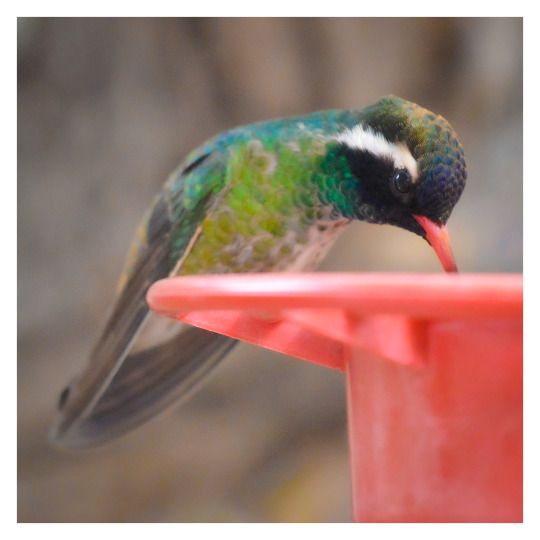
Feeder views: White-eared hummingbird / zafiro orejas blancas (Basilinna leucotis) at Beatty’s Guest Ranch, Cochise County, Arizona.
#photographers on tumblr#white-eared hummingbird#bird#hummingbird#Basilinna leucotis#Beatty's Guest Ranch#Miller Canyon#Cochise County#Arizona
219 notes
·
View notes
Photo
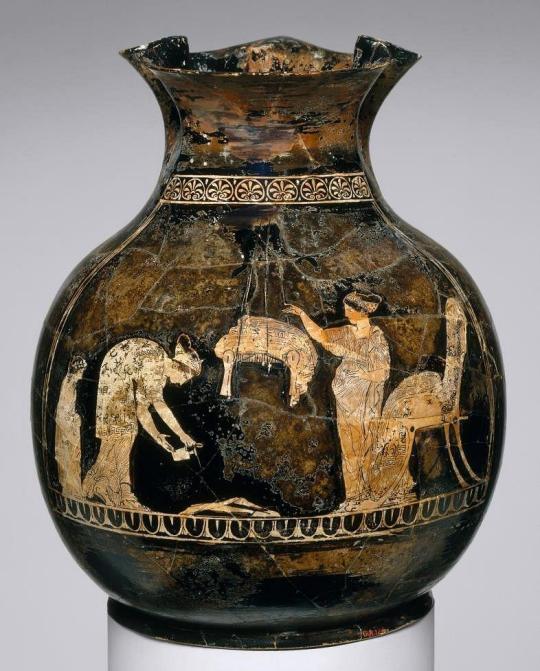
MWW Artwork of the Day (8/3/22)
Attributed to the Meidias Painter (Greek, fl. late 5th c. BCE)
Women Perfuming Clothes (c. 420-410 BCE)
Terracotta red-figure oinochoe, 21.4 x 17.9 cm.
The Metropolitan Museum of Art, New York (Gift of Samuel G. Ward)
An oenochoe (also spelt oinochoe) is a wine jug and a key form of Greek pottery. The scene depicts two women in festive dress perfuming garments. A stool suspended by chords is piled with folded clothing. On the ground below, there is a pile of wood shavings and twigs from which smoke rises. One woman carefully empties an oinochoe onto the fire. The other woman surveys the "swing" and stands beside a stately chair with a footstool over which more clothes are slung. At the far left is a wreathed boy wearing a himation (cloak). The shape of the vase facilitates the association of the scene with the Anthesteria, a three-day festival held in January/February that celebrated the new wine with the special inclusion of young children, an epiphany of Dionysos, and the ritual marriage of the god with the basilinna, the wife of the chief archon of Athens.
For more Ancient Greek pottery, visit this MWW Special Collection:
https://www.facebook.com/media/set/?vanity=TheMuseumWithoutWalls&set=a.419770264795015
14 notes
·
View notes
Text
Women's worship of Dionysos, although segregated, could also be located at the heart of the city. The Athenian festival of the Anthesteria, which occurred in the month Anthesterion in early spring, took place over several days. Its name indicates a connection with flowers, and at this time children three years old were crowned with garlands. The first day of the festival saw the opening and tasting of the new wine, while on the second the citizens took part in drinking contests. At this time the dead were supposed to circulate freely in the city. All temples were consequently cordoned off, to avoid pollution, with the exception of the temple of Dionysos in the Marshes, which was opened on this day alone. On this day also, with its ill-omened connection with the dead, there took place a ritual of great importance for women, the holy marriage (hieros gamos) of the Basilinna with Dionysos. Her marriage with the god, whether purely metaphorical or not, was accompanied by sacrifices performed by a group of chaste older women, the Gerarai.
Most of what we know about the hieros gamos, whose secrets were carefully guarded, comes from the oration Against Neaira, which gives evidence for the secret rites (ta arreta hiera), the date on which the temple was opened, and even the text of the oath of the Gerarai (59.74-79). Aristotle (Ath. Pol. 3.5) is less detailed but more matter-of-fact about the hierogamic nature of the ritual: "But the king inhabited what is now called the Boukolion, near the Prytaneion (a proof of this is that even today the union and marriage of the king's wife with Dionysos takes place there)."
… The bits of information we do have, despite possible voyeuristic distortion, permit us to make several observations. The hieros gamos of Dionysos with the Basilinna takes place on the most ill-omened day of the year, a day permeated by death. It is in this context that we must view the consorting of the god with the representative of all the women of Athens, a ritual that would have direct bearing on the prosperity of the city for the next year. The dead are the bringers of prosperity, and this proximity to pollution is necessary for the good of the community. But the union is not without its threatening side, for it is a union with Dionysos in his Underworld aspect. Here, as Jeanmaire has pointed out, is an illustration of the saying of Heraclitus, "Hades and Dionysos are one and the same." If Dionysos can be equated with the king of the Underworld, then marriage with him is a kind of death. This funereal union recalls the fatal marriage that produced Dionysos himself, and it takes place in a climate of ambiguity that is by now familiar.
-Gender and Immortality: Heroines in Ancient Greek Myth and Cult by Deborah J. Lyons
0 notes
Text
On Anthesteria
Anthesteria was one of the four major Athenian festivals dedicated to Dionysôs–the son of Zevs and either Semelê, Dionê, or Selênê and the Olympian God of wine, vegetation, pleasure, festivity, and wild frenzy. Anthesteria was celebrated on the eleventh through thirteenth days of the Attikan lunar month of Anthesterion, which would be understood today as the lunar cycle spanning the late January/early February full moon. This festival celebrated the beginnings of Spring, fertility, and also gave homage to the Cult of the Dead throughout its three day span.
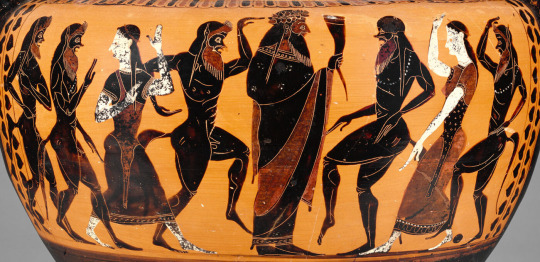
Each day of Anthesteria has a separate name with different themes of praxis. The first day of Anthesteria is referred to as Pithoigia, or literally “the Jar-Opening.” On this day, children under the age of three were adorned with wreaths made out of the first flowers of the year and the jars of wine from the year prior were opened and libations to Dionysôs were aptly performed. It was tradition for the entire household–including slaves–to join in the festivities of Anthesteria beginning on the day of Pithoigia. This is one of the biggest instances in ancient Greek culture of social order being interrupted for certain festivals. There is an alternate argument proposed by Jane Ellen Harrison that the jars being referred to during Pithoigia were not meant to be understood as wine-jars, but instead urns used in burial rites, making Pithoigia being the day of “opening the graves.” Personally, I feel that Pithoigia could be in reference to both the opening of jars and urns, considering the multitudes of use pithoi had. It would not be too off-base to make an educated assumption that the opening of wine-jars and burial urns would initiate both the festivities of Anthesteria and likewise the invitation of the dead amongst the living.
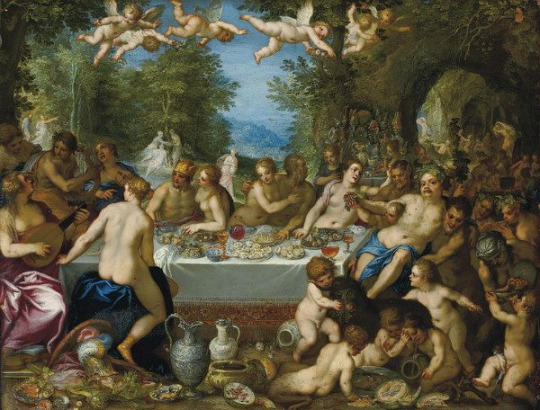
The second day of Anthesteria was referred to as Khoës, or literally “The Pouring.” The general drinking festivities of Anthesteria continued on this day, but there is also a very large implication that Khoës was a day with more of an erotic undertone. Outside of previously mentioned eroticism, festival-observers would play drinking games and pour wine onto the graves of their deceased loved ones. A very popular Anthesteria drinking game was simply gathering a group of people and seeing who was able to empty their cup of wine the quickest. Khoës appears to have been a day of friendship and connection, it would seem.

While on the topic of Khoës, I wanted to speak on an aspect that many people don’t reference when discussing the historical praxis involved in Anthesteria. This would be the divine marriage ceremony between the ritual Queen of Athens and that of Dionysôs. This particular ceremony involved an array of characters. First, we have the Archon Basileus who plays the role of Dionysôs. The Archon Basileus was the last remnant of an Athenian monarch and held a similarly high position to the Archon Eponymos and Polemarchos. The role of the Archon Basileus was basically to oversee the organization of religious festivals, ceremonies, and trials of homicide. Next we have the Basilinna, who was the wife of the Archon Basileus, The Basilinna was the ritual Queen of Athens, and her role was to be the bride of Dionysôs in the ceremony. This particular position was seen as immensely important to the well-being of the city considering this particular marriage ceremony was enacted as a method of keeping the city safe from various threats to the city. And finally we have the elected Gerarai–a group of fourteen priestesses chosen by the Archon Basileus to tend to the Basilinna and later for her to swear an oath to them prior to the procession.

Ludwig Deubner has proposed a theoretical reconstruction of the events of this ceremony, but we must understand that the ceremony in and of itself was very secretive and wrapped in the confines of Athenian mystery rites. Deubner proposes the ceremony begins with Dionysôs (played by the Archon Basileus) being taken to the sanctuary at Limnai where he was then married to the Basilinna. After their marriage ceremony, the Basilinna would swear an oath to the Gerarai and the newly-wedded Ritual Queen of Athens was taken in procession with her Divine Husband to the Boukoleion where their marriage was consummated. It is heavily suggested that the consummation of marriage between the Basilinna and Dionysôs was erotic in origin, and could have even involved ritual intercourse within the inner-chamber of the sanctuary. Walter Burkert, a German scholar of Greek mythology and cult, has speculated that this ceremonial union is a recreation of the yielding of Ariadne to Dionysôs by Theseus during their escape from Minoan Crete.

The last day of Anthesteria is called Khytroi, or “The Pots.” This day was the festival for the Cult of the Dead. On this day, there were to be no offerings for any non-chthonic Gods, and theaters were closed from performing any shows. Citizens of Athens would prepare separate food to be given as an offering to both Hermês Psykhopompos (in his aspect of Chthonic Psychopomp) and to the dead, which no mortal was supposed to taste. After these offerings were given the dead were begged to leave the city, with the proverb “Out of doors, Keres! It is no longer Anthesteria!” After the banishment of the spirits, the Athenians would continue their general Anthesteria festivities of drinking and merriment.
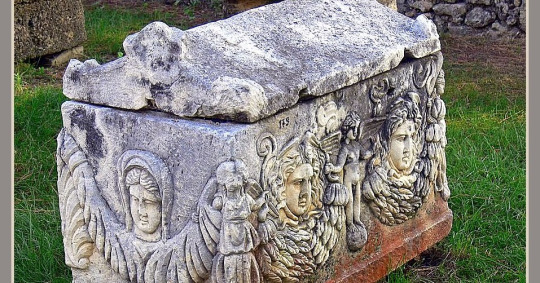
I want to note that both Pithoigia and Khoës, while accepted as the more light-hearted days of Anthesteria, were known to be both “unlucky,” and “defiled.” While spirits of the dead were invited to festivities, there were also precautions taken to keep them from coming too close. Temples were roped off, pitch was smeared on doors of homes, and people chewed leaves of hawthorn and buckthorn.
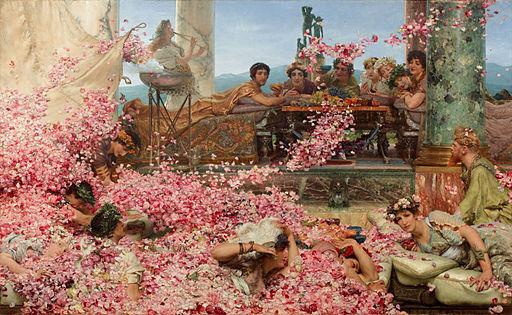
I recognize that modern celebration of Anthesteria cannot be as intricate as its ancient Athenian counterpart, but there are ways now that it can still be celebrated. You can celebrate through ancestral veneration and opening up new bottles of wine and performing libations to Dionysôs. If you are unable to drink wine, non-alcoholic drinks work just as well. You could also leave offerings and read the Orphic and Homeric Hymns to Dionysôs and maybe even read some plays about him. It is simply a time to reflect on deceased loved ones, the oncoming of spring, and the celebration of Dionysôs.
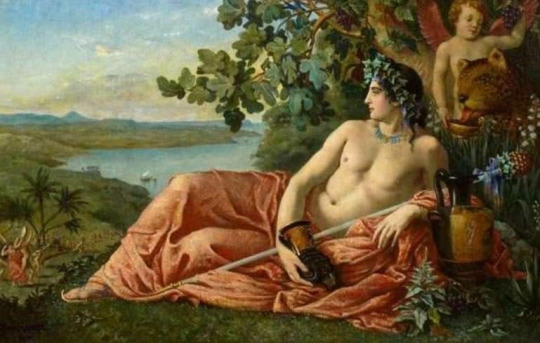
Below is a link to a web-published version of this essay that includes my sources in footnotes. Unfortunately, it has no photos because I am boring.
#hellenic reconstructionism#hellenic community#greek pantheon#hellenic devotion#hellenic paganism#hellenic pantheon#hellenic polythiest#hellenism#helpol#theoi#paganism#pagan#hellenic#hellenic gods#hellenic pagan#hellenic polytheism#hellenic religion#hellenic worship#dionysos#dionysian#dionysius#paganblr#anthesteria#hellenic festival#athenian
338 notes
·
View notes
Text
There is no Basilinna to swear my priesthood into in modern day but there are still deities to talk to and to do that. Gerarai are still a thing without Basilinnas. Instead of swearing dedication to the god Dionysus to an arbitrary monarch you swear it to him yourself, you undergo his trials you await his answer and you take your duties seriously. Although my favorite thing in life is playing music in honor of Dionysus being lustful in honor of Dionysus performing in honor of Dionysus fighting for those who can’t to have basic freedoms in his name and getting high in honor of Dionysus that isn’t all there is to being a priestess or in this case Gerarai. It’s your duty to help people learn about them if they wish to talk to you about them (let them ask to talk be open to your priesthood but don’t try to force conversion ike an asshat) to guide them in divination to him to help with marriage ceremonies to give regular offerings especially during the Anthesteria and if a temple isn’t available to raise the funds or treat your living quarters as such. Priesthood isn’t a fad and you shouldn’t call yourself a priestess if you haven’t even talked to a deity about it but it also isn’t as uncommon as people think because there are many priests and priestess modern day and most of us aren’t lying
#hellenic polythiest#greek pantheon#Dionysus#hellenic paganism#priestess#priestess of Dionysus#Gerarai#pagan#paganism#just stop fuckers#priesthood
17 notes
·
View notes
Video
White-eared Hummingbird by Adam Rainoff
Via Flickr:
In the heart of Villa Verde, a community dedicated to conservation at the gateway to Celaque National Park, I encountered the White-eared Hummingbird (Basilinna leucotis). This image captures the essence of avian life in Gracias, Lempira, Honduras—a testament to the region's rich biodiversity. With the sunlight accentuating the hummingbird's vibrant green plumage and the intricate feather details, the photograph is a study in the balance of light and shadow, showcasing the bird in a moment of stillness against the dynamic backdrop of its natural habitat. From a technical standpoint, this shot was a pursuit of precision. It required patience and a deep understanding of the bird's behaviors. The challenge was to align the bird within the frame to highlight its interaction with the environment without compromising on sharpness and exposure. It’s a piece that speaks to fellow photographers about the interplay between subject and environment, and the relentless pursuit of that perfect moment. As we share these glimpses into the natural world, may we also share the responsibility to protect it. © 2022 Adam Rainoff
#Gracias#Lempira#Honduras#White-eared#Hummingbird#Basilinna#leucotis#Celaque#Nature#Wildlife#Avian#Birdwatching#Photography#Ecotourism#Conservation#Biodiversity#Montane#CloudForest#Ornithology#Flora#Fauna#Tropical#Endemic#Shutterbug#Habitat#Environment#Green#Travel#Explore#Adventure
13 notes
·
View notes
Text
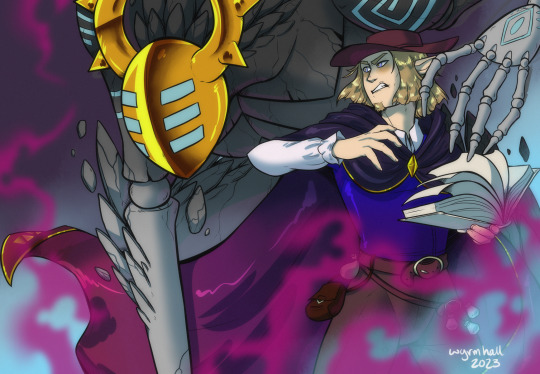
Participated in a secret santa and got one of my Sunday players, so I drew his wizard and his big pet rock, Matthias and Basilinna
2 notes
·
View notes
Text
Addressing the Dionysian Phallus
That's a post I knew I had to make for years and kept postponing. But no, it's really time we talk about what's behind the Dionysian penis. Last time I briefly wrote about this was during the 30 days of Dionysus challenge last year. Today, we'll be going into more details.
A Dionysian phallus but not Dionysus' phallus
There is no mild way to put it: Dionysiac imagery is explicitly and implicitely sexual. Dionysus is often portrayed surrounded by aroused or masturbating satyrs, and most importantly: this imagery is lasting over time and geographically spread out.
Yet, as central as the phallus is in his cult, Dionysus is rarely, if ever, represented in a similar fashion as his retinue. Even after the iconographical change in his appearance between the 5th and 4th century BC, Dionysus' penis is showed at rest and not emphasized in any way. Of course exceptions exist, as we sometimes find a herm of Dionysus displaying a phallus but those examples do seem exceptional.
In cult, the only instance where Dionysus seems to have been sexually active is through the ritual mariage to the basilinna during the Anthesteria. That is, according to one of the many interpretations of the ritual. Most of it was secret and the Athenians managed to keep it this way.
As such, the Dionysian phallus is a symbol. It doesn't belong to the god, but instead represents his impulsive vitality: the Dionysian phallus is its own entity (Phallen), a "friend" that accompanies Dionysus.
Phallophoria and dionysiac procession
In a Dionysiac context, the phallus takes all its cultic place in the ceremonial pompe (procession) that marked the beginning of the festivals. The processions for Dionysian festivals were in fact phallephoroi, where a phallus would be carried in public.
The Athenian legend associated with the practice and the adoption of the cult of Dionysus tells us that the Athenians were struck with a disease of their genitals because they did not properly recieve the statue of Dionysus brought from the city of Eleutherai. They freed themselves from the disease by creating a phallus in honor of the god and carried it during what would become the first Athenian phallophoria.
In cult, the example we know the most about is the one of the Athenian City Dionysia, where the phalli would be carried around the town before being taken to the Theater of Dionysus, where they would be dedicated to the statue of the god. This procession was then followed by sacrifices and libations to officially begin the festival.
Public phallic ceremonies were held in Athens also for the Rural Dionysia but we find them elsewhere in Greece too, notably in Delos and Lesbos. We know of more practical details coming from inscriptions in Delos dating from the 3rd century BC about how the phallus was constructed and carried on a wheeled cart. From those inscriptions, we can conclude that Delos' phallus was winged and probably articulated. The annual effort of building the phallus for Dionysus seems to have already constituted a devotional act, for which the procession was the grand finale where the city could proudly display the creation.
Additionally, it seems that private phallophoria took place in a domestic context. This is something we can catch a glimpse of in Aristophanes' Acharnians, where the characters celebrate their private Rural Dionysia by presenting to the god an oversized phallus and by singing phallic songs.
The phallic procession, thus, serves two purposes: on a ritual level, it is the occasion to give a beautiful, grandiose offering. The phallus, in this context, is an important cultic accessory which is revered, honored and celebrated. On a metaphysical level, it represents the acceptance of Dionysus' power and by extension, the power of wine.
Final words: the power of wine
A. Catalin exposes a theory I personally like: the idea that dionysiac cult of the phallus is linked with the aphrodisiac power of wine, and most especially red wine. As such, the hypersexuality of the satyrs would be due to their consumption of wine. In Samos, we find the epithet Dionysus "enorches", meaning "in the testicles" which would indicate the belief that Dionysus, through the consumption of wine, influences the male libido and stimulates eroticism.
Sources and further reading:
Aristophanes, Acharnians
Catalin A., The Drunken World of Dionysos, in: Trends in Classics Volume 9, Issue 1, 2017
Csapo E., Riding the Phallus for Dionysus: Iconology, Ritual, and Gender-Role De/Construction in: Phoenix Vol. 51, No. 3/4, 1997
Frontisi-Ducroux F., « Images » de Dionysos ? Le dieu masque et son phallos in: Figures de dieux, 2014
Jameson H. M., Cults and Rites in Ancient Greece: Essays on religion and society, 2014
268 notes
·
View notes
Text
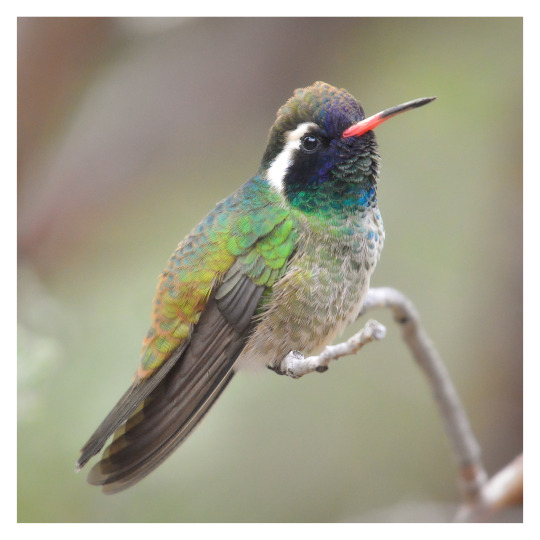
Recent hummingbirds: White-eared hummingbird / zafiro orejas blancas (Basilinna leucotis) at Beatty’s Guest Ranch, Cochise County, Arizona.
White ears are regular summer visitors to Arizona, but in very low numbers, with fewer than 200 birds migrating here from Mexico each year. For a few weeks in June and July, Beatty's is the most reliable place in the U.S. to find these striking birds.
I'll have more white ear posts throughout the coming week.
#photographers on tumblr#white-eared hummingbird#Basilinna leucotis#bird#hummingbird#Beatty's Guest Ranch#Cochise County#Arizona
149 notes
·
View notes
Text
Mask of Dust & Age
Mask of Dust & Age -- Pathfinder Vigilante Feat
It seems unlikely that anyone will ever guess at the true duality of your identity. A simple twist of the years is, in fact, the greatest disguise of all.
Brought to you absolutely free to enjoy, to test & to share – as always – by the fine folks of my Patreon.
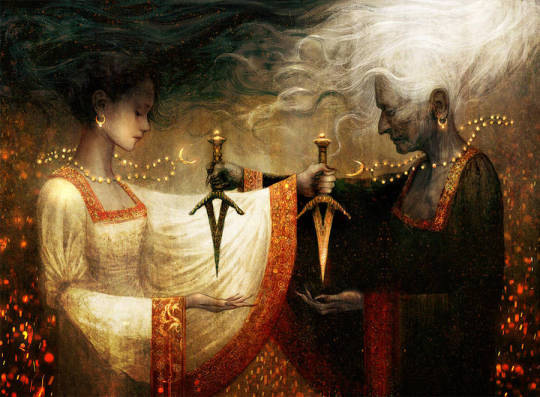
image from here; image also used on this site here
Prerequisite: Dual Identity class feature; see Designer’s Note and Special, below
Benefit: You are permanently under the effects of a threefold aspect spell with an unlimited duration; you may not suppress or cancel this effect. If this effect is ever dispelled, countered, cancelled or otherwise removed, it immediately takes effect again at the beginning of your next action.
You may only gain the benefits of two of the age categories granted by that spell: young adult (youth/maiden) and elderly (elder/crone). Each of these age categories is linked to a specific identity you possess, as chosen by you when this feat is gained.
For example: Within the Uber Alles setting, no one would ever believe that the ancient & infirm Sir Lord Stratford Augustine Towne, confined to his wheelchair and the care of Nurse Jane deep in his crumbling manor-home, secretly prowls the night in search of hot vengeance: dashing from rooftop to rooftop as the strapping young Tarzan, Nazi-Puncher.
Similarly, the flighty & beautiful “it-girl” of London, Basilinna Smythe-Williamson, seems to live in terror that her family’s old Slavic ancestry will be discovered by the Gestapo. Who would ever imagine, then, that as the moon rises she takes to the mean streets as the cackling, iron-taloned Baba Yaga, looking for weak & foolish German soldiers to devour?
You may only change your age category while switching identities; similarly, you automatically adjust your age category as a free action whenever you switch between your two identities.
Special: This ability may be gained in place of any Social Talent or Vigilante Talent. So long as you otherwise meet the prerequisites, this feat may also be gained in place of any Temporal Talent; in such an instance, it is best known amongst those who also possess the Impossible Secret Identity and Splinter-Timeline Alter Ego feats.
Designer’s Note: This ability is primarily intended for use by Vigilante characters. However, several some other feats, traits and archetypes – such as Swift Shuffle of Joy & Sorrow, Incredible Hidden Power, The Punisher, Sensual & Sanguine Secrets and Twin Roots, Twin Souls – also grant access to the Dual Identity class feature.
17 notes
·
View notes
Photo

SPECIES: Xantus Hummingbird (Basilinna xantusii)
PRICE: $5 USD / 500 DA points
EXTRAS: N/A
#159#Xantus hummingbird#xantus's hummingbird#hummingbird#sonic oc#green#brown#black#air#speed#flight#good#neutral#female
5 notes
·
View notes
Link
0 notes
